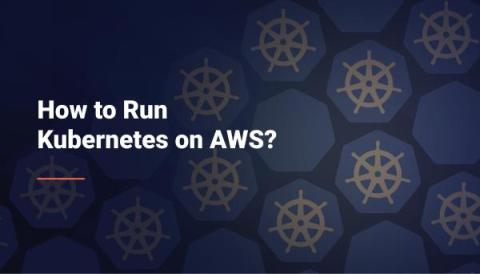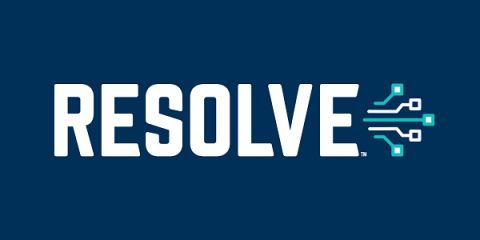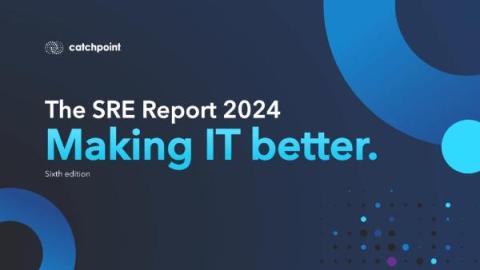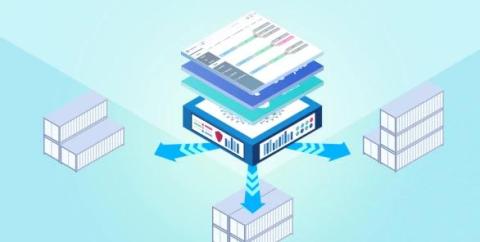Resource Availability Monitoring with Turbo360
In the ever-evolving landscape of cloud computing, Azure stands out as a powerhouse for businesses seeking scalable, reliable, and efficient solutions. One of the fundamental aspects of Azure’s appeal is its vast array of resources catering to diverse needs. Azure offers a rich ecosystem of resources, ranging from virtual machines (VMs) and storage accounts to databases, networking components, and beyond.











